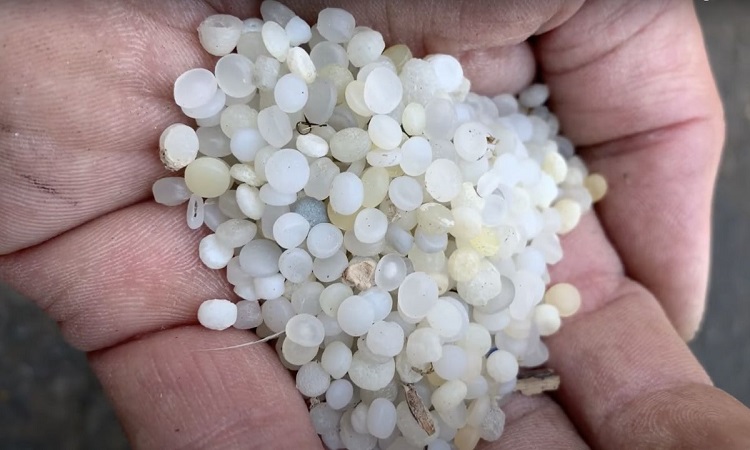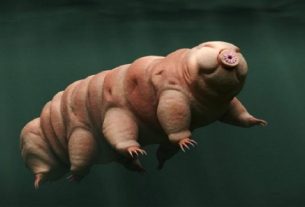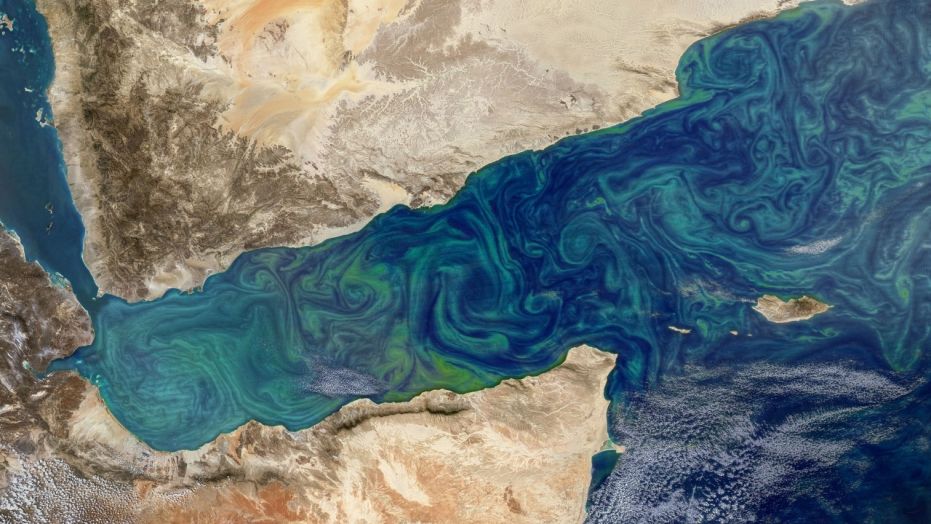Under the spotlight for the last few months, nurdles are a rather peculiar type of toxic waste. These are tiny plastic granules used as raw material for the production of objects of all kinds.
At the heart of a major ecological disaster
The MV X-Press Pearl was a container cargo ship that was wrecked in May 2021, off the coast of Sri Lanka. After thirteen days of fire, the ship in total disrepair leaked tons of fuel oil and nitric acid. However, another pollution from this ship was of great concern to observers. Indeed, the cargo ship was carrying no less than 87 containers with nurdles.
Nurdles are small plastic pellets the size of a lens. They serve as a raw material during the manufacture of all plastic objects integrating our daily life. Moreover, these same nurdles can be composed either of polyethylene, or of polypropylene or of polystyrene. Every year, billions are produced before they are distributed to all corners of the world.
However, during their manufacture at the factory or during their transport, the nurdles quite often end their run in rivers and oceans. Once in the water, the granules fragment into nanoparticles, so that it becomes impossible to clean them. These microscopic and often hydrophobic particles then float for years on the surface of the water and become a scourge for the environment.
Not classified as hazardous material
Fragmented nurdles also act as toxic sponges, attracting other toxins and pollutants. They also represent a kind of transport raft for many bacteria, including Escherichia coli and Vibrio cholerae (cholera). The urgency is therefore very present, because the oceans receive no less than 230,000 tons of these pellets every year, making this product the second source of marine pollution in terms of mass.
In addition, as recalled in a UN report published in July 2021, nurdles are not among the materials classified as dangerous to the International Maritime Organization (IMO). Indeed, placing them in the same category as harmful and flammable products such as gasoline, kerosene or diesel would represent a constraint for these carriers. They would then be obliged to comply with very strict rules regarding storage and shipping.
Still, such a ranking would make it possible to avoid another large-scale catastrophe in the future. However, even the terrible MV X-Press Pearl accident that ravaged the coastline and the local marine fauna does not seem to have made a difference.




